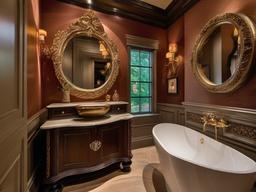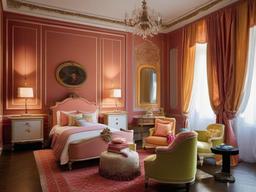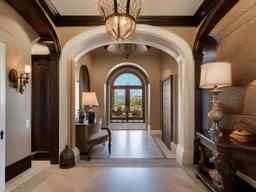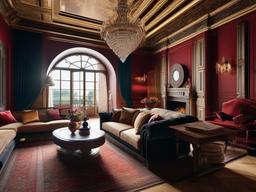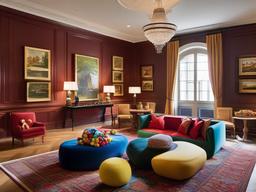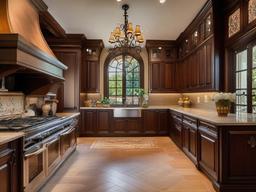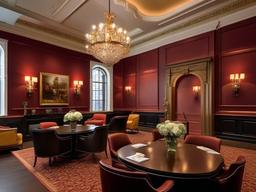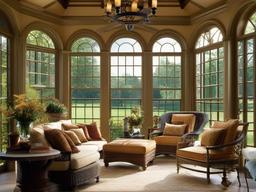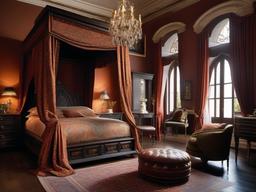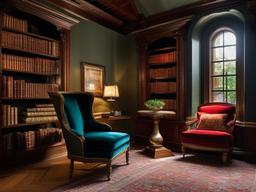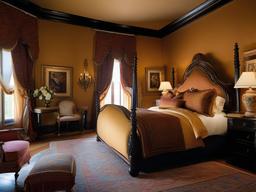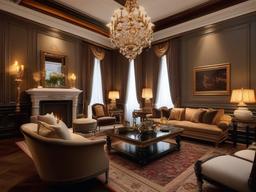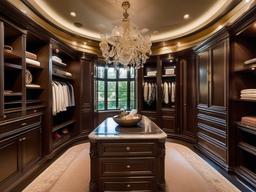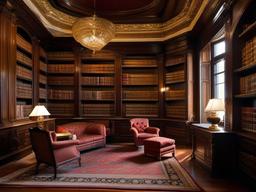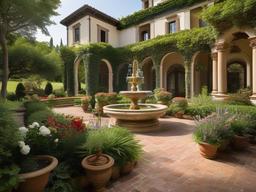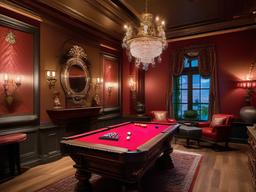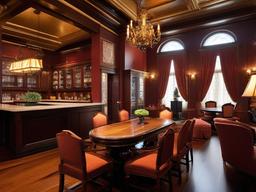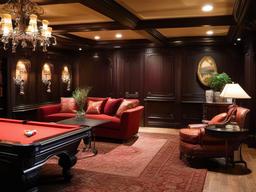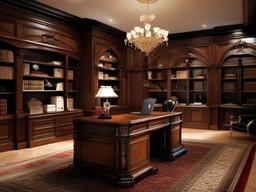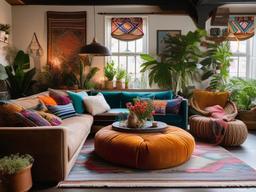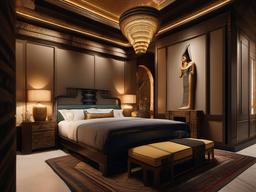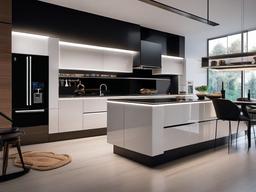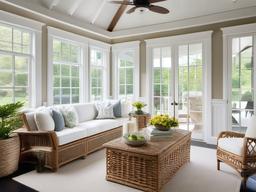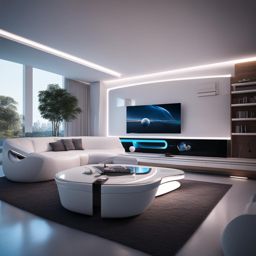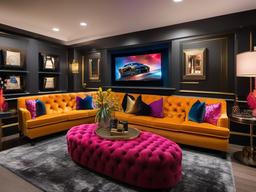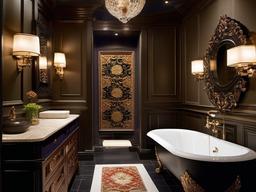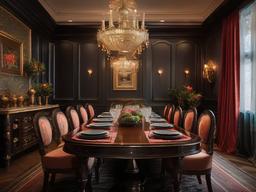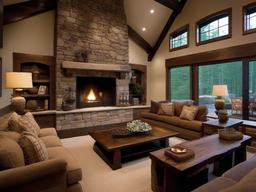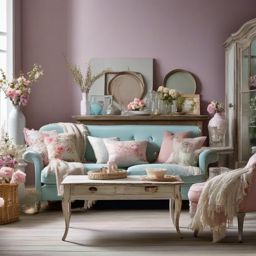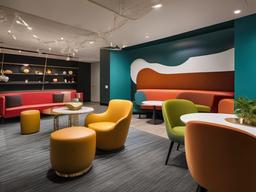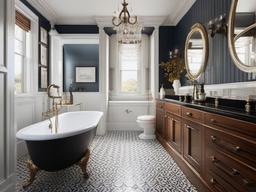Interior design decor ideas > italian renaissance interior design style
Use Windy AI room design generator to assist in your room interior design and home decor. Generate ideas in over 40+ interior design styles.
Italian Renaissance design is characterized by grandeur, opulence, and a deep appreciation for art and architecture. This style embraces symmetry, proportion, and the use of classical elements such as columns, arches, and intricate moldings. Interiors are adorned with rich fabrics, ornate furnishings, and bold color palettes, often featuring themes from mythology and nature. The overall aesthetic is one of luxury and sophistication, reflecting the artistic achievements of the Renaissance period.
Emerging in the 14th century, the Italian Renaissance marked a cultural revival in arts and sciences, heavily influencing architecture and interior design. The style reflects a shift from medieval Gothic influences to classical Roman and Greek elements, emphasizing beauty, harmony, and humanism. This period produced renowned artists and architects like Michelangelo and Leonardo da Vinci, whose works inspired the opulent and elaborate designs that define this style.
To achieve an Italian Renaissance interior, focus on symmetry and proportion in furniture and layout. Use rich, deep colors like burgundy, gold, and emerald green, paired with luxurious materials such as velvet and brocade. Incorporate classical architectural elements, such as arches and columns, and adorn walls with intricate moldings and frescoes. Include fine art pieces, tapestries, and ornate mirrors to enhance the lavish atmosphere of the space.
Italian Renaissance furniture is typically ornate, featuring intricate carvings, gilded finishes, and rich upholstery. Accessories include classical sculptures, oil paintings, and decorative urns. Decorative items often showcase motifs from mythology and nature, such as floral patterns and animal figures. Lighting is dramatic, often with chandeliers and sconces that highlight the luxurious decor, while richly patterned rugs add warmth and elegance to the floors.
Emerging in the 14th century, the Italian Renaissance marked a cultural revival in arts and sciences, heavily influencing architecture and interior design. The style reflects a shift from medieval Gothic influences to classical Roman and Greek elements, emphasizing beauty, harmony, and humanism. This period produced renowned artists and architects like Michelangelo and Leonardo da Vinci, whose works inspired the opulent and elaborate designs that define this style.
To achieve an Italian Renaissance interior, focus on symmetry and proportion in furniture and layout. Use rich, deep colors like burgundy, gold, and emerald green, paired with luxurious materials such as velvet and brocade. Incorporate classical architectural elements, such as arches and columns, and adorn walls with intricate moldings and frescoes. Include fine art pieces, tapestries, and ornate mirrors to enhance the lavish atmosphere of the space.
Italian Renaissance furniture is typically ornate, featuring intricate carvings, gilded finishes, and rich upholstery. Accessories include classical sculptures, oil paintings, and decorative urns. Decorative items often showcase motifs from mythology and nature, such as floral patterns and animal figures. Lighting is dramatic, often with chandeliers and sconces that highlight the luxurious decor, while richly patterned rugs add warmth and elegance to the floors.

